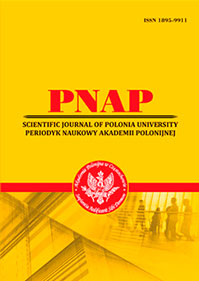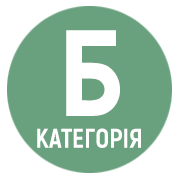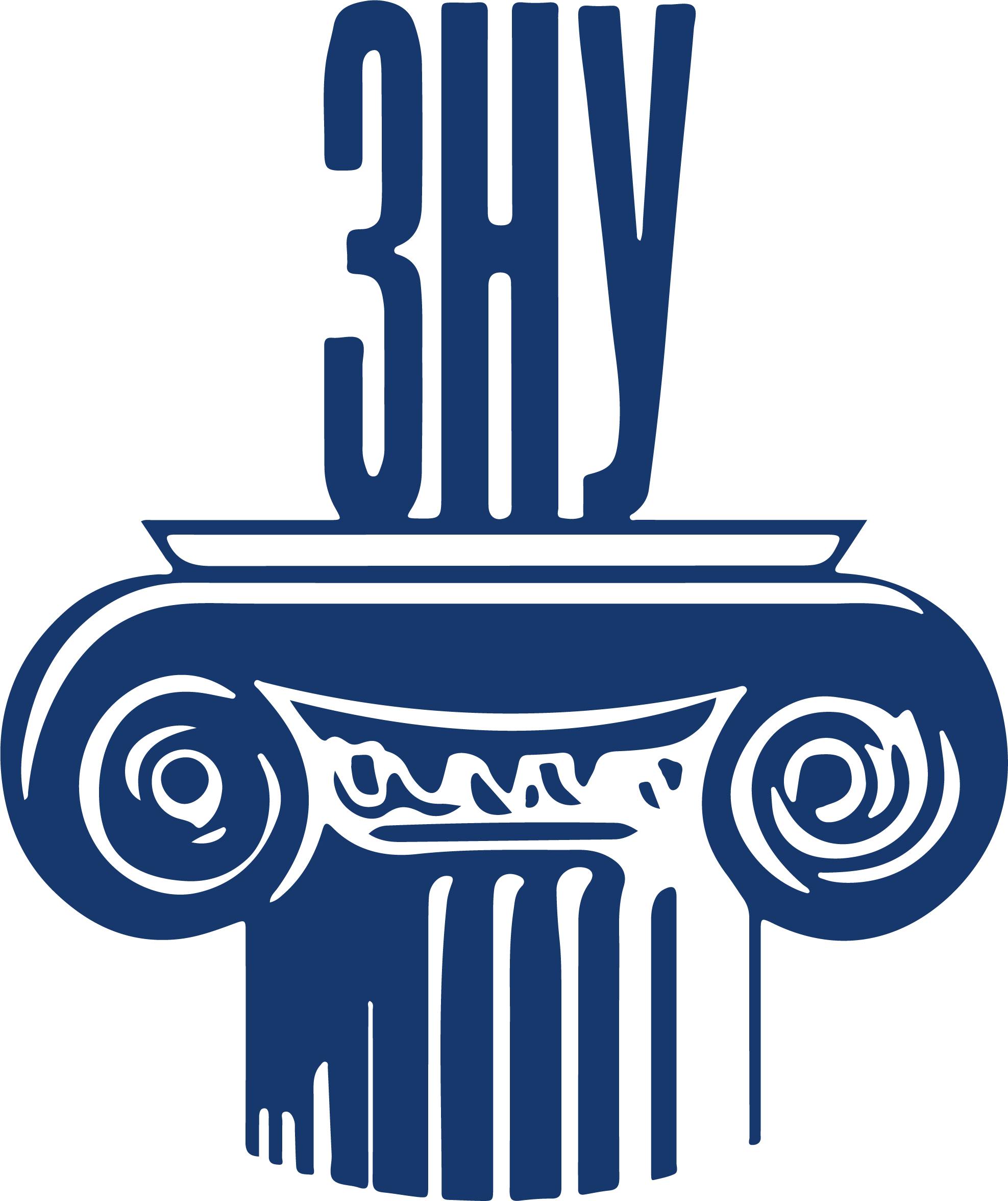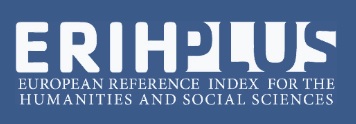ON THE CULTURAL-AND-EDUCATIONAL FUNCTION OF ARTISTIC TRANSLATION
Abstract
Cultural exponents in a work of fiction can become obstacles to an adequate translation, which implies a similar reaction to the reading by both the reader of the original and the reader of the target text. It is possible to reproduce cultural specificity in translation, though not without losses. This is perhaps the most difficult part of literary translation. Traditionally the main ways of solving this problem are the strategies of foreignisation and domestication.Each of them has both advantages and disadvantages, and the translator has to make a choice between them. On what basis should this choice be made and what should be taken into account in the first place? The article seeks to answer these questions with a focus on the cultural background of the source text and on the example of Ukrainian translations of the first two books from A. Bradley’s series about Flavia de Luce.The purpose of the article is to show how the focus of the source text author on a certain type of reader (recipient of the work) determines a multi-vector set of background knowledge, the markers of which must be reproduced in the target text in order for the cultural-and-educational function of translation to be fully realised.It is argued that the undeniable connection between literature and culture results in the fact that a literary text captures the knowledge inherent in the author’s native country, and thus can serve as a source of information about “others” for the readers from other countries. This, in turn, results in the strengthening of the cultural-and-educational function of translation, which is complicated by the need not only to transfer the names of cultural exponents to the target text, but also to explicate the knowledge of the source culture embedded in them.When choosing a strategy, the translator must first determine how he or she understands the “super-task” of translation: informing or enlightening, entertaining or educating. The focus on the reader is also of great importance.In the target culture the reader needs to be prepared for the perception of “other” cultures, to be brought up. It is easier to do this when the knowledge that is common to humanity as a whole is presented. It is more difficult when it is totally national heritage. Here you have to use all possible compensatory techniques, including paratextual elements. Of course, one or two translated books cannot bring up such a reader. It has to be a long path of translation and systematic work on it in the country as a whole.
References
2. Бредлі А. Трава, що сумку ката обвива / перекл. з англ. Ю. Максимейко. Харків : Книжковий Клуб «Клуб Сімейного Дозвілля», 2017. 320 с.
3. Бусел В.Т. Великий тлумачний словник сучасної української мови / укл. і голов. ред. В.Т. Бусел. Київ, Ірпінь : Перун, 2001. 1440 с.
4. Гриценко В., Ясинська Т. Культурологічний аспект у перекладі. Scientific practice: modern and classical research methods : Collection of scientific papers «ΛΌГOΣ» with Proceedings of the III International Scientific and Practical Con- ference, Boston, September 16, 2022. Boston– Vinnytsia : Primedia eLaunch & European Scien- tific Platform, 2022. Pp. 105–110. https://doi.org/ 10.36074/logos-16.09.2022.29.
5. Губа Л.В. Художній текст як об’єкт лінгвістич- них досліджень. Наукові записки Національ- ного університету «Острозька академія». Серія : Філологічна. 2015. Вип. 58. С. 93–96.
6. Делабастіта Д. Художній переклад / пере- клад О. Дзера. Енциклопедія перекладознав- ства: у 4-х т. / За ред. Іва Ґамб’є та Люка ван Дорслара. За заг. ред. О.А. Кальниченка та Л.М. Черноватого. Вінниця : Нова Книга, 2020. Т. 2. С. 225–237.
7. Драйзер Т. Американська трагедія / переклад з англ. І. Буше, Л. Смілянський, Л. Ященко. Київ : Радянський письменник, 1955. 664 c.
8. Єщенко Т.А. Феномен художнього тексту: комунікативний, семантичний і прагматичний аспекти : монографія. Львів : Львівський наці- ональний медичний університет імені Данила Галицького, 2021. 470 с.
9. Зубрицька М. Категорія читача в літера- турно-теоретичних дослідженнях ХХ сто- ліття. Записки «Перекладацької майстерні 2000–2001» / упорядник М. Прокопович. Том 3. Львів : Львівський національний уні- верситет ім. Івана Франка, 2002. С. 53–62.
10. Кравченко В., Зубець Н. Художній текст як ментальне утворення. Studia Ukrainica Posnaniensia. 2015. № 3. С. 145–152. DOI: 10.14746/sup.2015.3.19.
11. Кравченко О. Траєкторія денді. Український журнал. 2007. № 3 (21). С. 22–23.
12. Кротова Т. Британський дендизм: атрибути унікального стилю. Вісник Прикарпат- ського університету. Мистецтвознавство. 2012–2013. Вип. 26–27. С. 329–338.
13. Кузенко Г.М. Перекладацькі функції та їхня роль у діяльності перекладача. Науковий віс- ник Дрогобицького державного педагогічного університету імені Івана Франка. Філологічні науки (мовознавство). 2016. № 6. С. 84–86.
14. Приходько В.Б. Розуміння художнього тексту як перекладознавча проблема. Науковий віс- ник Міжнародного гуманітарного універси- тету. Філологія. 2017. Вип. 28. С. 199–201.
15. Радчук В.Д. Функції перекладу. Григорій Кочур у контексті української культури другої поло- вини ХХ віку : матеріали Всеукраїнської наук. конф. (Львів, 14–15 жовтня 2005 р.). Львів- ський національний університет ім. Івана Франка, Київський національний універси- тет ім. Тараса Шевченка, Літературний музей Григорія Кочура / голова ред. кол. Р. Зорівчак. Львів : видавничий центр Львівського наці- онального університету ім. І. Франка, 2007. С. 123–137.
16. Ребрій О.В. Вступ до перекладознавства : конспект лекцій для студентів освітньо-кваліфікаційного рівня «Бакалавр» факультету іноземних мов. Харків : Харківський національний університет імені В.Н. Каразіна, 2016. 116 с.
17. Ребрій О.В. Сучасні концепції творчості у перекладі. Харків : Харківський національний університет імені В.Н. Каразіна, 2012. 376 с.
18. Сидор А.М. Шарль Бодлер та «Релігія дендизму». Вісник Львівського університету. Серія : Іноземні мови. 2012. Вип. 20 (2). С. 132–141.
19. Ткачівська М.Р., Щерба Р.М. Переклад крізь призму міжкультурної комунікації. Науковий вісник Міжнародного гуманітарного університету. Філологія. 2022. Вип. 57. С. 202–207.
20. Чередниченко О.І. Про мову і переклад. Київ : Либідь, 2007. 248 с.
21. Akhter T., Lamba M. Culture and Literature: Interdependence. Culture and Literature / ed. by T. Akhter. Cambridge Scholars Publishing, 2022. Pp. 1–14.
22. Amirthanayagam G. Literature and Cultural Knowledge. Asian and Western Writers in Dialogue: New Cultural Identities / ed. by G. Amirthanayagam. The Macmillan Press LTD, 1982. Pp. 3–12.
23. Bradley A. The Weed That Strings the Hangman’s Bag. London : Orion Books, 2011. 340 p.
24. Bradley A. The Sweetness At The Bottom Of The Pie. Long Preston : Magna Large Print Books, 2009. 381 p.
25. Dreiser Th. An American Tragedy. New York : Dell Publishing, 1953. 864 p.
26. Gatterer L. A Killer Nashville Interview with Alan Bradley. The Killer Nashville. February 2, 1918. URL: https://www.killernashville.com/interviews/killer-nashville-interview-alan-bradley (дата звернення: 16.06.2025).
27. Kley A. What Literature Knows: An Introduction. What Literature Knows: Forays Into Literary Knowledge Production / eds. A. Kley and K. Merten. Peter Lang, 2018. Pp. 9–25.
28. Tales Untangled. Interview With Alan Bradley, the Author of the Flavia de Luce Mystery Series – A Must Read For Mystery Afficionados! Posted on May 31, 2018. URL: https://talesuntangled.wordpress.com/2018/05/31/interview-with-alan-bradley-the-author-of-the-flavia-de-luce-mystery-series-a-must-read-for-mystery-afficionados/ (дата звернення: 03.03.2025).
29. Pepys S. The Diary of Samuel Pepys. A new and complete transcription / eds: R. Latham and W. Matthews. Vol. I. 1660. Harper Collins College Division, 1995. 516 p.
30. The Slang Dictionar : Etymological, Historical and Anecdotal. A New Impression. London : Chatto & Windus, 1913. 383 p.

This work is licensed under a Creative Commons Attribution 4.0 International License.
 ISSN
ISSN 


.png)




